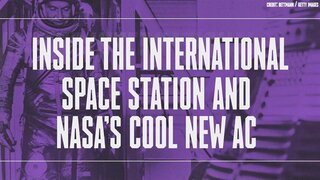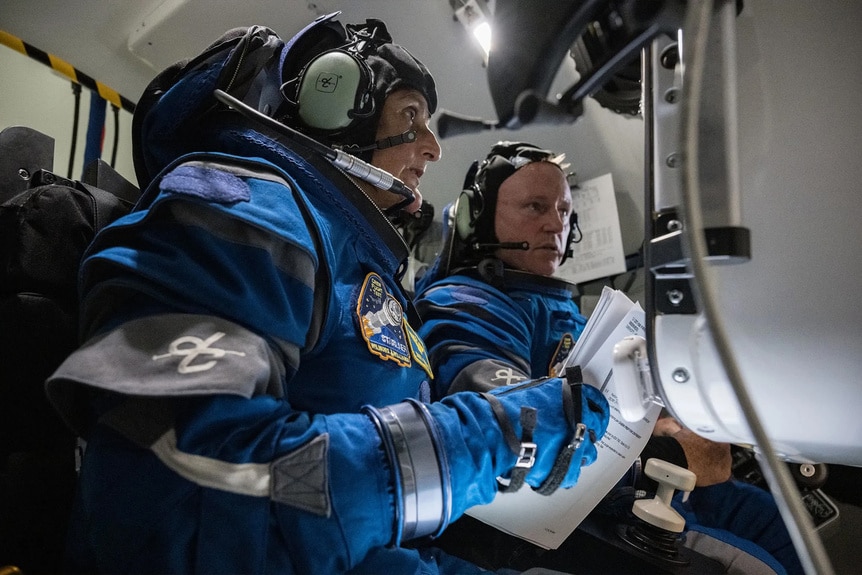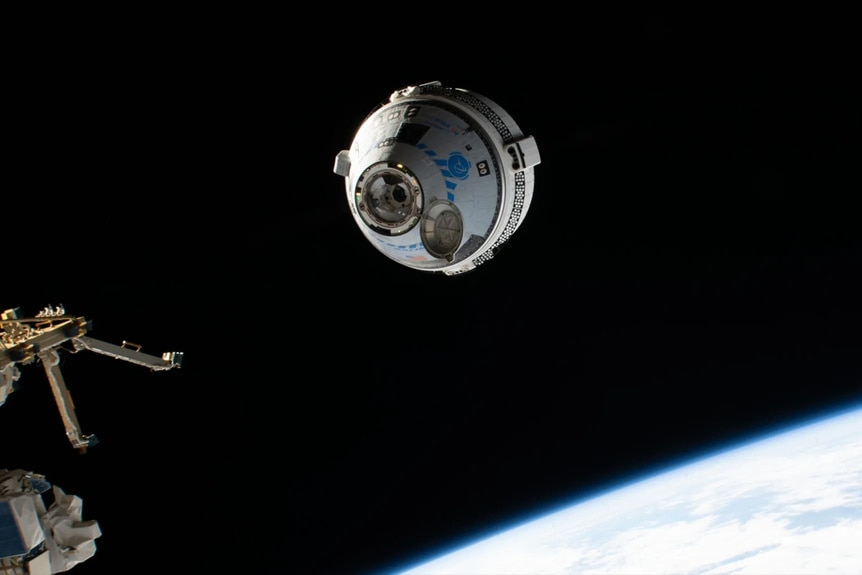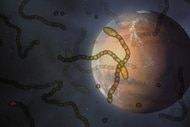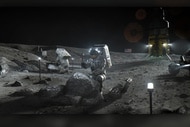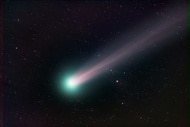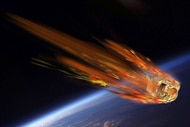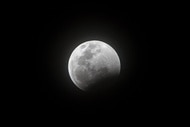Create a free profile to get unlimited access to exclusive videos, sweepstakes, and more!
Are Boeing Starliner Astronauts "Stranded" at the ISS Following Helium Leaks?
That depends on your definition of "stranded."
Apollo 13 was meant to be NASA’s third lunar landing mission, but space had other plans. Two days after leaving the safety of our planet, an oxygen tank ruptured, disabling electrical and life support systems. What was supposed to be a hat trick of successful lunar landings became a days-long race against time to keep Jim Lovell, John Swigert, and Fred Haise alive. In 1995, 25 years after that famed mission, director Ron Howard brought it to the big screen in the appropriately named Apollo 13.
We’ve learned a lot since 1970; spacecraft errors have become less common, but they do still happen. On June 5, 2024, astronauts Sunita “Suni” Williams and Barry “Butch” Wilmore flew to the International Space Station (ISS) on the first crewed test flight of Boeing’s Starliner spacecraft and the trip has experienced a series of problems. Fortunately, they aren’t the sorts of problems that anyone is likely to make a movie about.
For More on Space Travel:
Boeing's Starliner Successfully Launches to the International Space Station
Ariane 6: The ESA's Newest Rocket Prepares for Inaugural Launch Date
Scientists Cook Up a Rocket Engine That Consumes Itself for Fuel
Boeing Starliner and Its Two Astronauts Remain at International Space Station With No Clear Return Date
Williams and Wilmore arrived at the International Space Station on June 6, a little more than a day after they launched from Cape Canaveral, to begin what was supposed to be an 8-day mission. At the time of writing, they are still on the station, nearly three weeks later, and it’s not totally clear when they’ll be coming home.
A slow helium leak was identified in the spacecraft prior to launch, but mission controllers deemed it inconsequential to the success of the mission. Once in orbit, the leak appears to have worsened and was exacerbated by five malfunctioning thrusters, causing problems with approach, docking, and undocking from the station. That’s because the problems are located in the service module at the front of the spacecraft, the part which connects to the station.
The flight is intended to certify Starliner as a crew spacecraft carrying astronauts to the ISS and elsewhere in the future, and officials at both Boeing and NASA remain confident the mission will be a success. At present, we just don’t know when the mission will end. Potential return dates have been June 18, June 22, and June 28, all of which have been pushed. The return window has now been extended to an undetermined date in July. Though an unnamed inside source suggests NASA is internally targeting July 6, according to Reuters.
The delays could be interpreted as a bad sign for the future of Starliner but there are more charitable interpretations of events. Starliner can’t just leave the station whenever it wants to, it has to work around all of the other activities on the station. The most recent delay, for instance, was made to eliminate a conflict with planned spacewalks, NASA says. Certainly, problems with the spacecraft have contributed to the delays, but Williams and Wilmore aren't stuck aboard the ISS.
“Starliner is performing well in orbit while docked to the space station. We are strategically using the extra time to clear a path for some critical station activities while completing readiness for Butch and Suni’s return on Starliner and gaining valuable insight into the system upgrades we will want to make for post-certification missions,” said Steve Stich, manager of NASA’s Commercial Crew Program, in a statement.
To be clear, it’s true that the Starliner crew remains on station without a clear return date, but they aren’t stranded. Starliner remains cleared to return to Earth at any time, in the event of an emergency. If they needed to come home, they could. They are simply choosing not to leave yet, to allow additional time to study problems with the spacecraft. Moreover, the helium leaks and most of the thruster problems have been stabilized and are not a concern for the safe return of Starliner, a Boeing spokesperson told Newsweek. The trouble is that all of the problems are isolated to the service module, which will be discarded and burn up in the atmosphere once Starliner leaves the station. This is the only opportunity to study these issues before the module is destroyed.
“The crew’s feedback has been overwhelmingly positive, and they know that every bit of learning we do on the Crew Flight Test will improve and sharpen our experience for future crews,” said Mark Nappi, vice president and program manager, Boeing’s Starliner Program.
Space travel is difficult and dangerous work, but the efforts of Suni, Butch, and the rest of the ISS crews past and present are making it safer. Here’s hoping the rest of the Starliner Crew Flight Test is uneventful.
Apollo 13 is available now from Universal Pictures.

